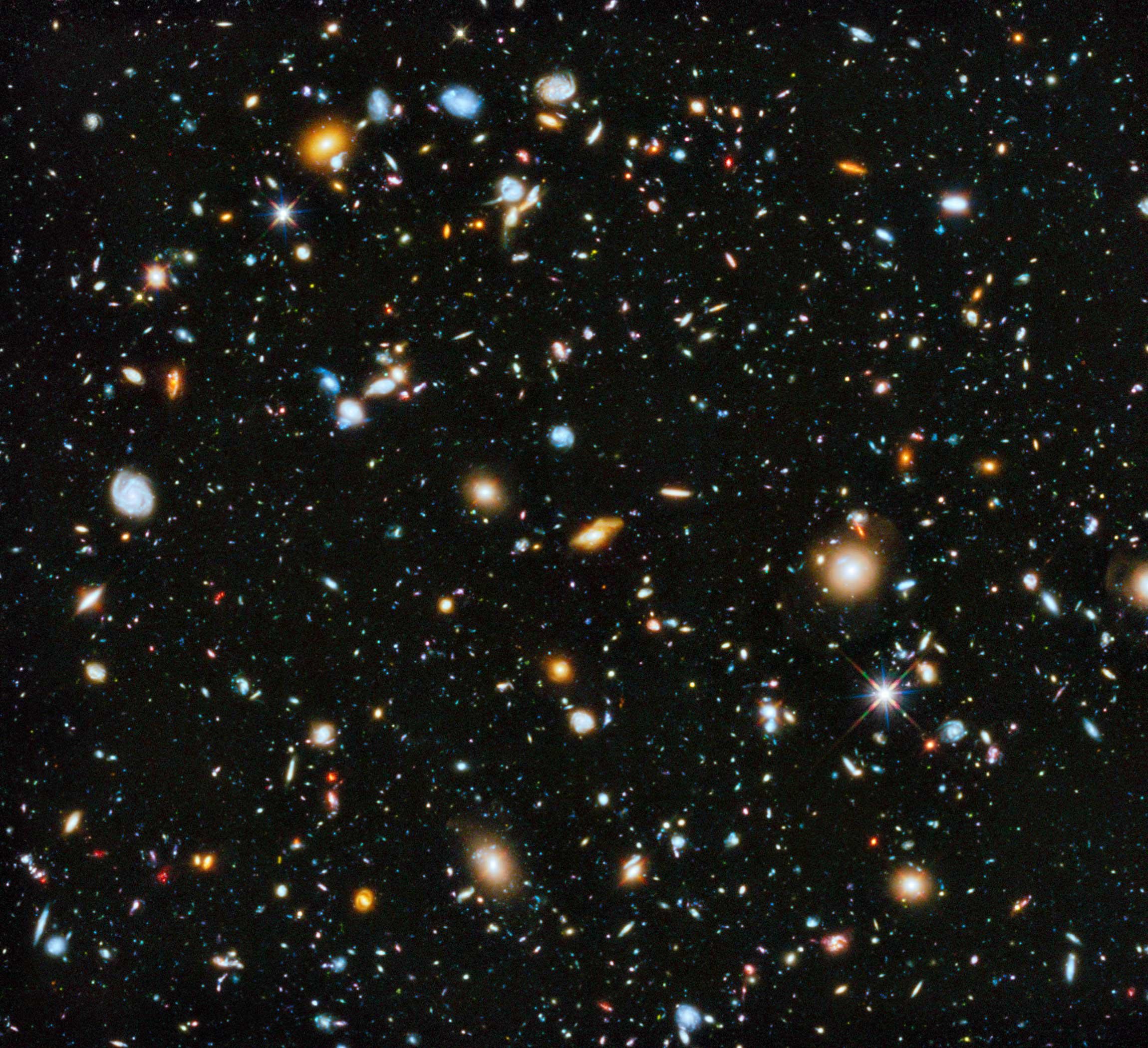every week, Technology World and #AstroMiniBR brings together five relevant and entertaining astronomical curiosities produced by collaborators. twitter profile To spread the knowledge of this science, which is the oldest!
#1: Mars in the Summer Sky
🇧🇷 MARS OBSERVATION PERIOD ??
Mars will dominate summer nights: visible from the early night, the planet is best for observation with the naked eye or with telescopes. In the picture, we record Mars over São Marcos Bay in Alcântara (MA). #AstroMiniBR pic.twitter.com/0CMUBGYDtT— The Deep Sky Project (@CeuProfundo) 10 December 2022
The last month of the year has arrived, bringing with it the opening of the Martian “hunting” season in the night sky! The five brightest planets in the Solar System – Mercury, Venus, Mars, Jupiter and Saturn – have been known since ancient times and are easily visible to the naked eye without the aid of any equipment. In general, although they are visible for most of the year, not all of these planets are usually visible in a single night.
For example, this time of year is particularly good for observing Mars, which is easily visible to the naked eye (and even better with telescopes) due to its typically reddish glow; It is named after the Roman god of war. This characteristic color is the result of a strong presence of iron oxide in Martian soil, the famous rust of materials on Earth.
This summer, due to the perfect combination of the relative position of the red planet, Earth, and the Sun, the planet should be watched enthusiastically by both amateur and professional astronomers.
#2: Farthest galaxy in the universe
See the little red dot in the middle? The most distant galaxy ever observed! Thanks to James Webb.
And this time for sure! Spectroscopic data confirms that the galaxy is indeed several billion light-years away. #AstroMiniBR pic.twitter.com/TzYdQ9FNzO
— Thiago S Gonçalves (@thiagosgbr) 13 December 2022
See the picture above. Doesn’t look like much, does it? But this tiny red dot, imaged by the James Webb Space Telescope, is specially named JADES-GS-z13-0 and is the farthest galaxy we’ve ever seen in the Universe!
In other words, you’re looking at a star cluster where the cosmos is very, very young: just 325 million years after the Big Bang. The fact that the universe is about 13.8 billion years old means we’re only looking at 2% of the current age of the JADES-GS-z13-0 galaxy.
The last record holder, the last “farthest galaxy” before that, was spotted by the veteran Hubble Space Observatory, Webb’s predecessor telescope that discovered the GN-z11 galaxy. This galaxy was seen a little closer to us at a time when the Universe was only 400 million years old.
#3: An Anti-Universe!
One of the most exotic cosmological models proposes the idea that our universe could be a “mirror image” of an antimatter universe stretching back in time to before the Big Bang: an anti-universe! #AstroMiniBR
(c) via APS Physics @Rainmaker1973 pic.twitter.com/9Dunz7n3xA
— Nicolas Oliveira (@nicooliveira_) 15 December 2022
Our universe may have a cosmic partner of antimatter on the “other side” of the Big Bang (at least theoretically). This is what a group of Canadian physicists from the Perimeter Institute for Theoretical Physics claim has created a cosmological model that, when paired with ours, has the exotic property of suggesting the existence of a “counter-universe” that preserves physics’ fundamental symmetry rules.
Alternatively, this cosmological model, created to explain the existence of dark matter, proposes the hypothesis that our universe may be a mirror image of another universe composed of antimatter stretching back in time at the point marked by the beginning of time. big Bang. Like many existing cosmological models, this is an example of a theoretical system that succeeds in answering some of the problems of contemporary cosmology, but that, like others, pays the price for generating a host of other new problems.
#4: Tycho Brahe: One of the Greatest Astronomers of All Time
Tycho Brahe was born in December 1546.
In an era before the telescope, the Danish astronomer systematically recorded the positions of stars and planets with incredible precision.
Such records were crucial to the development of the laws of planetary motion.#AstroMiniBR pic.twitter.com/y8utYrUy42— Patricia Cruz, PhD (@patyccruz2) 15 December 2022
He was born on December 14, 1546 in Denmark, who would become one of the greatest astronomers in history. Tycho Brahe’s work on the development of astronomical instruments and the measurement and fixation of the positions of stars paved the way for a series of future discoveries that consolidated astronomy as a modern science.
His observations, which were the most accurate before the invention of the telescope, included a comprehensive survey of the Solar System and the accurate positions of more than 777 fixed stars. Based on the observations and cataloged data of another great astronomer, Johannes Kepler, he revealed the laws of motion of the planets.
#5: What are molecular clouds?
Molecular clouds are mostly composed of hydrogen molecules.
However, because they rarely emit light, we searched for these clouds by looking at the 2nd most abundant molecule, carbon monoxide (CO).
Are new little stars born from these clouds??#AstroMiniBR pic.twitter.com/AFnbs8dfDV
– Ana Carolina Owner (@astroposses) 14 December 2022
In astronomy, molecular clouds (also called dark nebulae) are large opaque clouds found in interstellar space that serve as stellar nurseries, or regions where new stars are born in space. These are very cold and dense regions composed mainly of molecular hydrogen; these regions will collapse over millions of years due to the interplay of gravity between their particles. It is precisely the gravitational collapse of a molecular cloud that causes the birth of new stars!
Source: Tec Mundo
I am Bret Jackson, a professional journalist and author for Gadget Onus, where I specialize in writing about the gaming industry. With over 6 years of experience in my field, I have built up an extensive portfolio that ranges from reviews to interviews with top figures within the industry. My work has been featured on various news sites, providing readers with insightful analysis regarding the current state of gaming culture.













